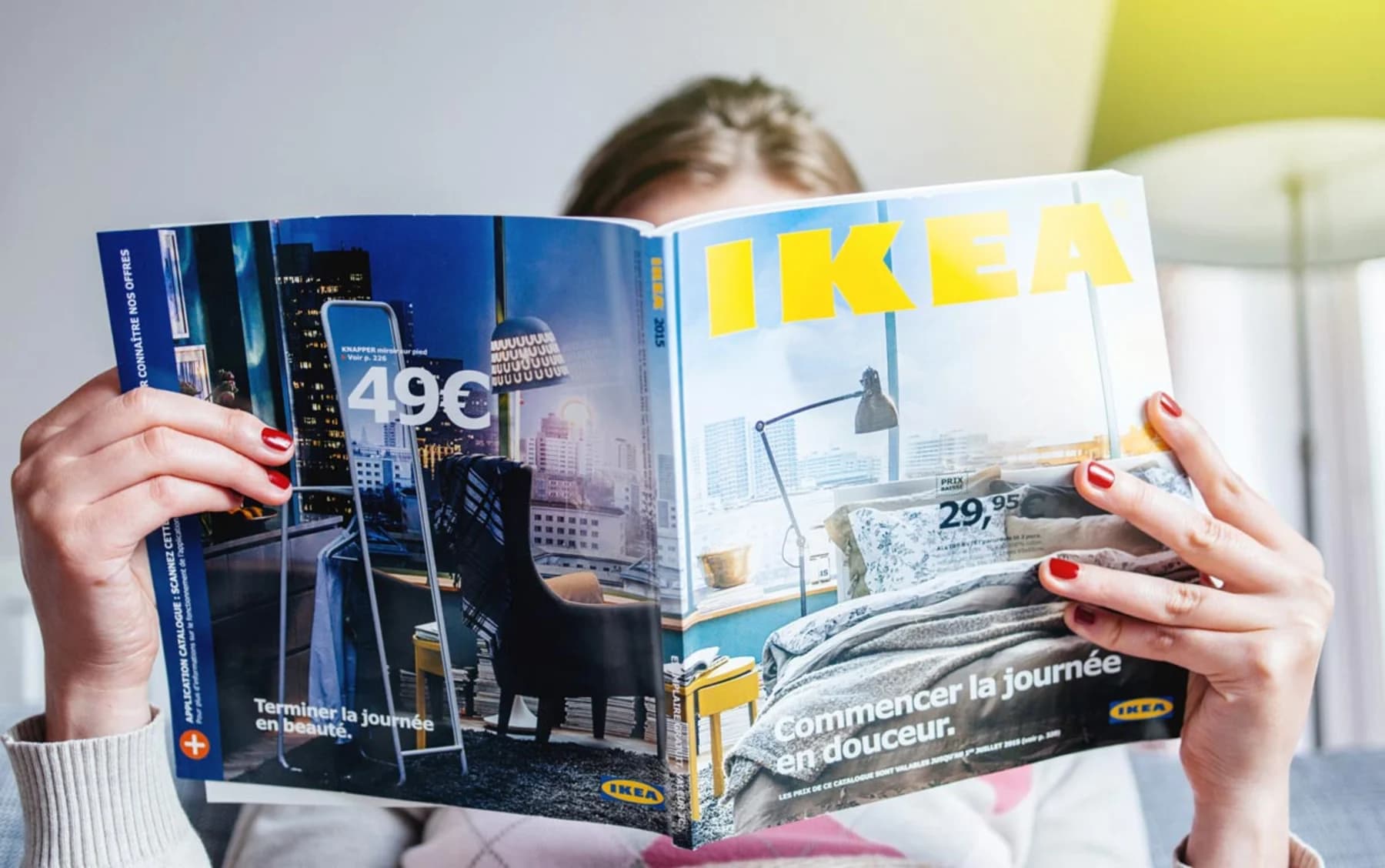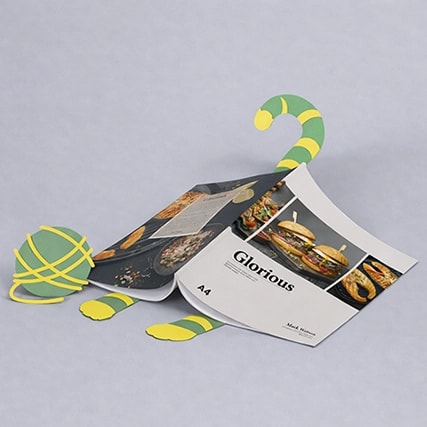How Printed Catalogues Can Benefit Your Retail Business
Printed catalogues remain a vital cog in the machine for some retail businesses and for good reason! However, with more and more retailers opting to publish their catalogue online, we look into the benefits of print catalogues and discuss why this traditional marketing method shouldn’t be dismissed in the digital age.
A number of retailers have taken the decision to bring decades of catalogue printing to an end in favour of going digital. Catalogue retailer Argos took the decision to switch their printed catalogue for a digital one by the end of January 2021, Ikea decided to make their 2021 catalogue the final edition to be printed, and in August 2022, Screwfix announced they’ll too be moving to a digital catalogue. But after years of catalogue sales, what is the cost of ditching the traditional printed catalogue and should your business choose to buck the trend and keep printing traditional catalogues?
Using search data tools, Google Trends and AHREFs, we were able to analyse the impact on UK search demand of high street retailers removing print catalogues from their sales strategy in favour of digital catalogues as well as the current demand for printed catalogues.
How printed catalogues can supercharge demand
By analysing our search data, we were able to measure how brand demand for retailers who have become synonymous with their printed catalogue, was impacted by the move to digital.
Once dubbed the ‘buying bible’, Argos stopped printing their bi-annual catalogue, which was traditionally released in January and July and suffered a -22% drop in demand in July-December 2021 when the digital version was in circulation vs. July-December 2020 when the printed version was in circulation.
Furthermore, the number of Google searches for the term ‘Argos’ in December 2022 was 25% less than the number of searches in December 2020 and -27% less than in December 2019. This suggests demand for the brand over the peak Christmas shopping period was much higher when shoppers had a physical catalogue to take home and peruse.
Swedish home furnishings retailer, Ikea, also suffered a drop in demand for the brand following their decision to cease printing of their globally recognised catalogue. The average number of Google searches for ‘Ikea’ in October 2021 was -19% less than in October 2020, the month the final print catalogue was released. Without the buzz of the highly anticipated A/W catalogue, demand for Ikea suffered in October as awareness of the new collection landing was significantly less amongst shoppers.
Tool and homeware store Screwfix also announced they’d be ending the print run of their catalogue after 30 years, with shoppers now being able to browse the catalogue via the app or online. Brand demand in 2022, the year the catalogue went digital, was -14% less than in 2021 and -19% less than in 2020, showing consumer interest dipped as shoppers no longer had a paper catalogue at their disposal.
Despite the growing digital trend, many retail brands still choose to market their new ranges to their customer base by printing a physical catalogue.
Children’s toy retailer, Smyths Toys, still post their printed catalogue out to those on the mailing list around mid-September every year. In this month alone, there were 3,700 shoppers who searched for the term ‘Smyths Catalogue’ and brand demand during the 2022 catalogue release week was 92% higher than average brand demand for earlier on in the year.
Benefits of print catalogues
There are several benefits to this traditional marketing method which cause a spike in brand demand that digital catalogues can’t compete with. The main benefits of print catalogues include:
They capture the attention of shoppers
With more and more retailers going digital, now more than ever, printed catalogues capture the attention of your target market by helping differentiate your brand from others. Unlike online advertisements which can easily be skipped or swiped past, a consumer has no choice but to pick a print catalogue up from their doorstep and will more than likely have a flick through out of curiosity.
They’re more engaging than digital catalogues
Due to the tactile nature of printed catalogues, shoppers will be more engaged when browsing a physical copy compared to a digital copy. The sensation of flicking between the pages combined with the texture of the paper provides a sensory experience which can’t be replicated online and it will increase the likelihood of shoppers reading the entirety of the catalogue.
They can supercharge brand recognition
Unlike digital versions which tend to be viewed by a single person, physical catalogues may be browsed by multiple members of a household as well as visitors. With many consumers storing printed catalogues in prominent areas such as coffee tables or kitchen sides, a physical catalogue is an effective way to get in front of the eyes of potential consumers and make your brand recognised.
The experience is more personalised
Receiving a catalogue through the post which has been printed exclusively for you feels much more personal than browsing a virtual version on a brand’s website. A personalised approach to marketing will encourage consumers to remain loyal to your brand as they feel valued as a customer and a part of the brand’s community.
They can entice a customer back to store
As well as sent through the post, printed catalogues can also be displayed in stores for customers to take a copy or can be handed out at the POS when customers make a purchase. By giving consumers a catalogue to take home with them, this ensures your brand remains in the customer’s mind long after they’ve left the store and will encourage them to revisit if they spot something they like.
How to design a catalogue
Creating a captivating catalogue through the use of colours, graphics, product imagery and powerful messaging is key to grabbing the attention of consumers. The catalogue cover needs to communicate your brand name and the catalogue’s key themes as well as important information such as the season and year. Most importantly, your catalogue needs to draw the recipient’s attention away from all other catalogues in their letter box and make them hone in on yours.
The contents of the catalogue need to flow coherently with the key theme of the catalogue evident on every page. High quality and aesthetically pleasing product imagery should be used throughout as this will entice shoppers to read on as they become lost in the beautiful collection. Practical information such as sizing, pricing and product descriptions, should be clear and concise as shoppers may quickly lose interest in the catalogue if they’re unable to find this information.
Wanting to drive demand for your brand through a printed catalogue? Click here to learn how to make a catalogue.
Posted on July 6, 2022 by WTTB
Related topics:


